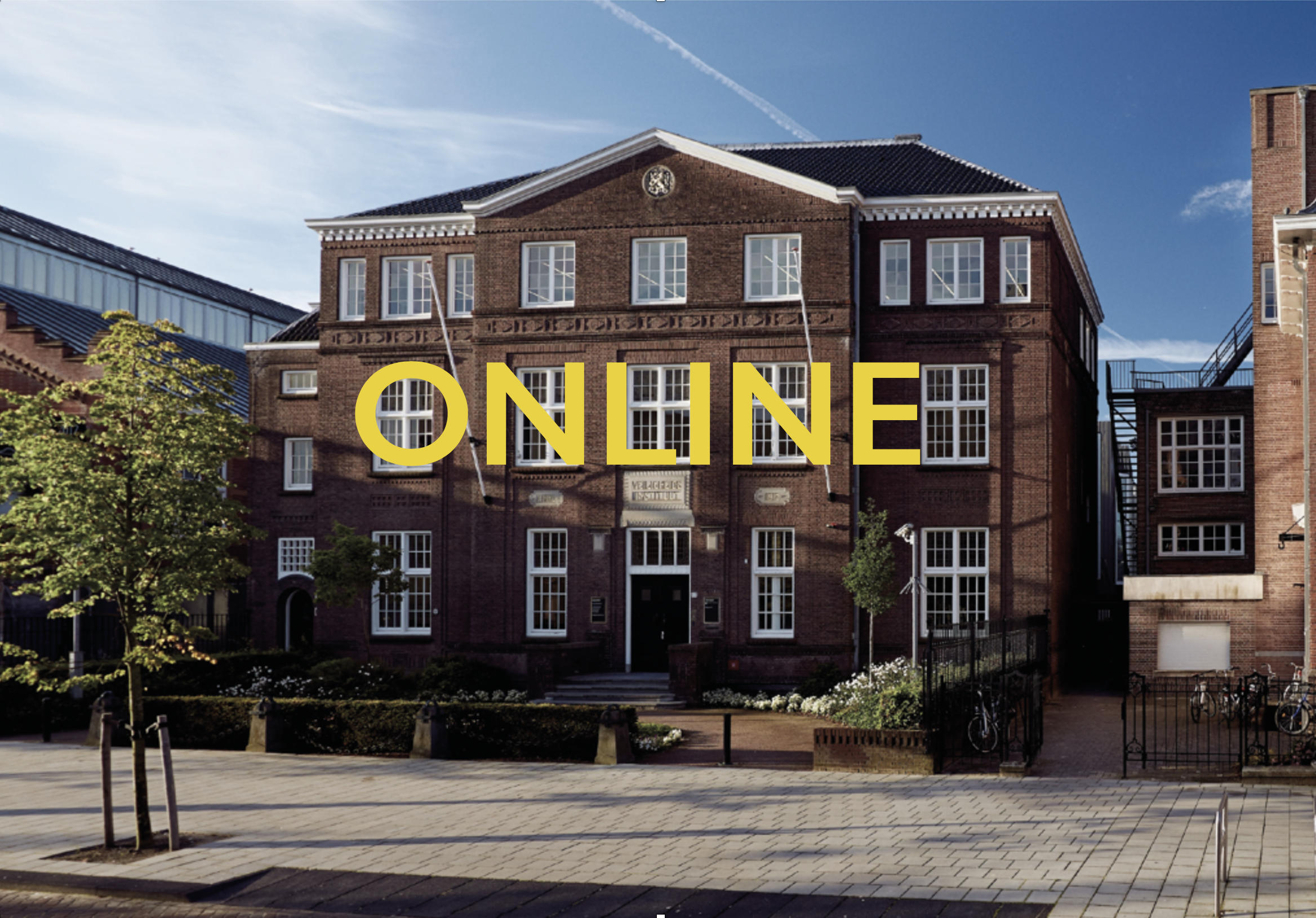

We are pleased to announce a new, online edition of the NICAS colloquium on Thursday 10 February 2022 from 12.00 to 13.00 hrs. The colloquium will take place online through Microsoft Teams. By registering through the form below, you will receive the meeting link in your email.
Throughout the year, NICAS organises a bi-weekly Colloquium consisting of two short research lectures. It provides researchers with the opportunity to present ideas for, updates on or results of their activities. The NICAS Colloquium allows people to stay informed on a regular basis about the latest developments and results of research and to exchange information and expertise.
The chair of this colloquium will be Glennis Rayermann (NICAS Research Associate)
The presenters are:
► Rika Pause – A non-invasive approach to study the use of early synthetic organic pigments
Abstract:
There is little information on the actual use of early synthetic organic pigments (SOPs) in art objects, especially those from before 1950. Their presence can, however, pose a challenge to conservation, because their chemical composition, as well as light fastness and sensitivity to solvents are often unknown. Raman spectroscopy has proven to be a successful analytical tool for the identification of synthetic organic pigments in cultural heritage. An approach to study the possibilities of non-invasive identification of synthetic organic pigments in oil paints by using handheld Raman spectroscopy was tested on historical Talens oil paint outs, dated between 1932 to 1950. The hand-held Raman spectra were evaluated by comparison with micro-raman spectra from the same samples. Handheld Raman spectroscopy was subsequently tested for the detection of synthetic organic pigments within modern art paintings. Raman analyses was performed with the complementary XRF analysis on 50 paintings of Dutch collections, dated between 1910 and 1955. The presentation will deal with the test of the non-invasive approach, the methodology of the selection of the paintings and the instrumental analyses and present the results on an exemplary painting.
Bio:
Rika Pause studied conservation and restoration of paintings and polychrome sculptures at the Academy of Fine Art and Design Stuttgart and completed her Master’s degree in 2018, specialising in modern and contemporary art. Since 2020, she has been doing her PhD on early synthetic organic pigments as part of a joint PhD programme between the University of Amsterdam, the RCE and the Academy of Fine Arts and Design, Stuttgart. She also works as head of the project “ORPI20” (organic pigments of the early 20th century) within the RCE’s 20th century heritage programme and as a freelance conservator.
► Lihi Levie – The Sound of Art: The Conservation of Audio in Time-Based Arts
Abstract:
Sound is an important, yet often overlooked aspect of time-based installation artworks. In many installations, sound plays a central role and is crucial for the artwork’s identity. However, the criteria of audible features for the conservation of time-based artworks have been little researched. The study presented aims at shedding light on the issues at stake with aural characteristics of time-based artworks. The research was conducted to conclude the Conservation and Restoration of Cultural Heritage porgramme at the UvA in the specialisation of Contemporary Art, and was also presented during Future Talks 021. Interviews were held with prominent time-based media conservators: Reinhard Bek, Bek & Frohnert LLC; Amy Brost, MoMA; Patricia Falcão and Jack McChonchie, Tate; and Flaminia Fortunato, Stedelijk Museum. Using oral history methods, main issues were identified, and a new approach for addressing sound as an object of conservation in time-based arts is explained.
Bio:
Lihi Levie is a freelance conservator recently graduated from the Advanced Professional Programme for Conservation and Restoration of Contemporary Art at the University of Amsterdam. Her focus is complex time-based media installations, with a special interest in sound.
(Co-author) Dr. Sanneke Stigter is Assistant Professor Conservation and Restoration of Cultural Heritage at the University of Amsterdam, specialized in Contemporary Art, focusing on Oral History, Participatory Research and Autoethnography.